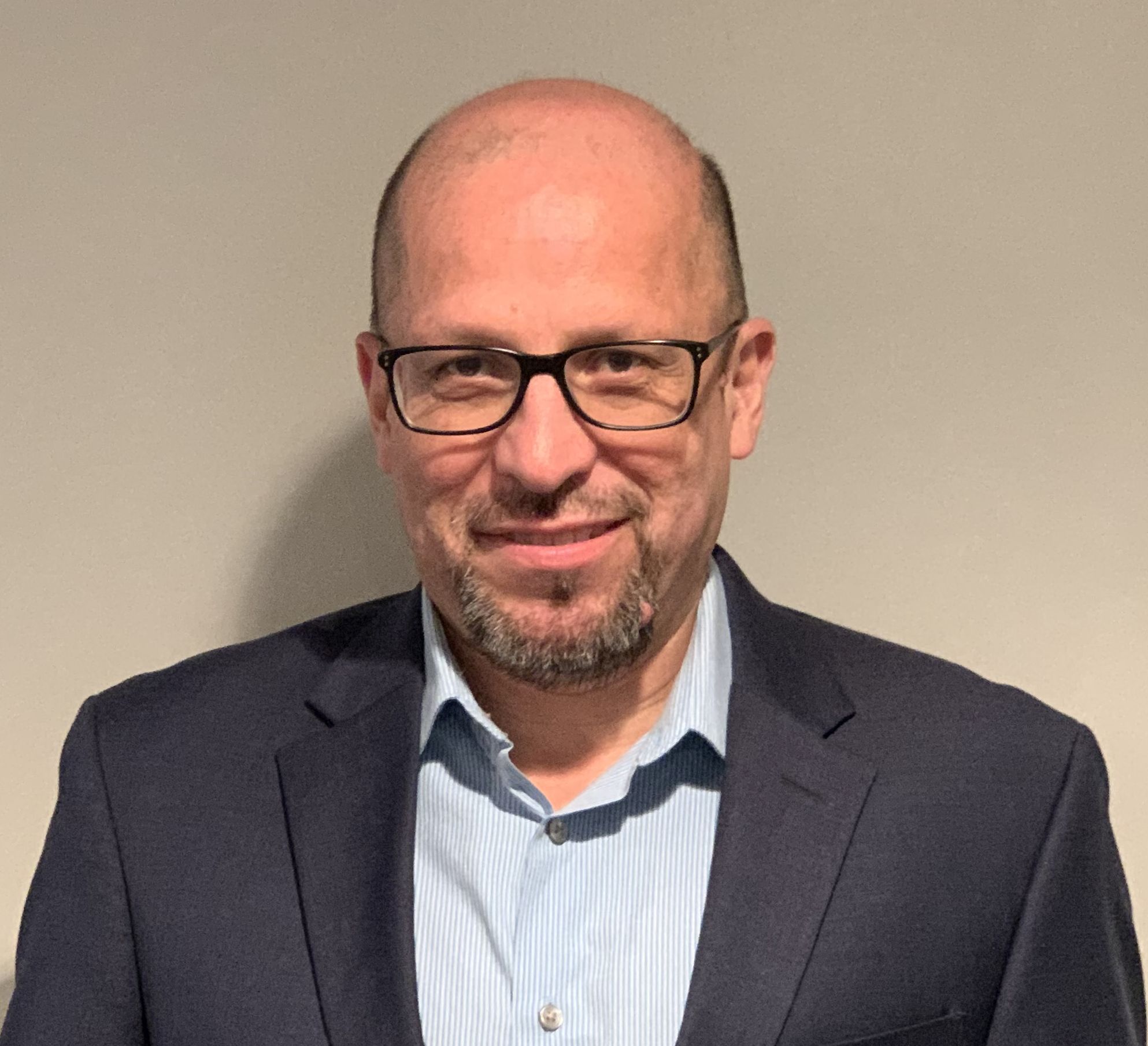Video
Goals of Therapy for NMOSD
Author(s):
Drs Mirla Avila, Mitzi Williams, Michael Levy, and Michael Yeaman provide insight on goals of therapy and the importance of mental health and symptom management for patient populations with NMOSD.
Michael Yeaman, PhD: When you’re deciding on the therapy to recommend, understanding that there are possibly differences in genetic, pharmacogenomic, and immunologic factors among different populations, what are some of the goals of treating specific patients from different populations in terms of preventing and minimizing relapse but also in overall quality of life? Mirla, I’ll start with you regarding whether you see treatment-specific relationships for specific populations.
Mirla Avila, MD: All patients need a comprehensive approach. Of course, our goal is going to be to prevent relapses. But at the same time, as we were mentioning before, patients need counseling and may need symptomatic management. The specificity is a real thing, so that’s part of what I treat. If it’s something I can’t treat, maybe I’ll refer to my PM&R [physical medicine and rehabilitation] people for Botox injection. It’s important to do a comprehensive approach for not only FDA-approved medication but every aspect of the patient.
Michael Yeaman, PhD: Thanks, Mirla. Mitzi, when you see a patient and you think about the treatment that might be best for them, do you factor in race or ethnicity in your decision-making overall? Or is it more specific to each patient, regardless of race, ethnicity, or any other factor?
Mitzi Williams, MD: At this point, we don’t have evidence from clinical trials to specify whether certain treatments may be more effective in one group than another. Overall in my practice, the goals are the same. We want to prevent relapses and disability. I don’t necessarily factor race and ethnicity into which treatment I use. I may be more likely to make sure that we’re doing an FDA-approved treatment vs some of the off-label treatments if I’m potentially concerned about more severe disability. But in picking between FDA-approved treatments, I can’t say that I have scientific evidence to suggest that one group will do better on this drug vs another.
Michael Yeaman, PhD: More studies need to be done in that respect. Michael, maybe we could ask you about biomarkers of therapeutic efficacy that might factor into your decision-making in terms of monitoring effectiveness in different populations.
Michael Levy, MD, PhD: As Mitzi was saying, there aren’t a lot of good data on the differences in efficacy and safety among races and other populations. Unfortunately, many of these studies were done with mostly White patients or some Asian patients and not a lot of African American patients, so there are questions in my patient population about whether these drugs would be effective for them. Fortunately, there are some biomarkers that can help us determine whether some of these treatments are doing what they’re supposed to be doing in their body. For example, with inebilizumab, we can follow B-cell counts. There are surrogate markers of complement that we can use as well. There are some biomarkers that may be helpful, but nothing beats placebo-controlled trial data that say that something is good in a specific population, which we don’t have.
Michael Yeaman, PhD: Thanks a lot, Michael. Mitzi, in your experience, aside from focusing on relapses and minimizing frequency and impact, treating NMOSD [neuromyelitis optica spectrum disorder] often involves treating other symptoms, pain, fatigue, etc. Do you see opportunities or patterns in the diverse population that you treat with respect to treating pain, fatigue, and mental health?
Mitzi Williams, MD: In regard to symptomatic therapy, there are multiple studies that suggest that many health care providers may feel that Black people may have a higher pain tolerance. There isn’t scientific evidence to support that, so people can be chronically undertreated for pain complaints. That’s certainly something that we need to address in making sure that people are seeing the appropriate subspecialists. I often refer to physiatrists for evaluation, especially for things like spasticity.
We talked a little about mental health throughout this discussion and how there’s often a stigma attached to receiving mental health services in some communities. That’s another barrier that’s important for us as health care providers to make sure we’re addressing with our patients. It’s important to address the importance of it as well as the importance of mental health and its effect on overall health. I see some minor differences there in terms of the percentage of patients or the number who may have these symptoms. I don’t necessarily see a difference among my population, but the way that I address and communicate with patients and their families and how we try to make sure we’re providing resources for these issues can sometimes look a little different.
Michael Yeaman, PhD: That’s really important, Mitzi. Thank you for that. Mirla, in your experience, is pain, fatigue, and mental health adequately treated in the population of patients that you see?
Mirla Avila, MD: It could be better. In regard to spasticity and pain, the patients are OK. They complain about it. But I usually have to dig to get to mental health. They usually won’t mention it. But if you ask, then they’ll be more comfortable to bring it up. Or you can ask the care provider whether they have noticed a change in their emotional well-being. It usually isn’t something the patient will mention unless I ask them.
Michael Yeaman, PhD: Very interesting and important. Michael, you and your colleagues have focused on ways to treat pain and to understand the impact of pain. What are your thoughts about how adequately we’re focusing on pain prevention and management?
Michael Levy, MD, PhD: We’re doing better. Now that we have relapses under control with these 3 new FDA-approved drugs, we’ve shifted our focus to things that patients say matters to them, and pain is at the top of the list. We’re trying to find therapies that are more compatible with a good quality of life so people can work and get back to parenting and doing the things they need to do rather than using medications that sedate them all day. We’ve focused on nonmedical alternatives, such as transcutaneous electrical nerve stimulators, yoga, and biofeedback, that we think are beneficial in the long term. They may not be as immediate in the short term as some of these medications, but we think they can be really helpful in the long term.
Transcript Edited for Clarity





